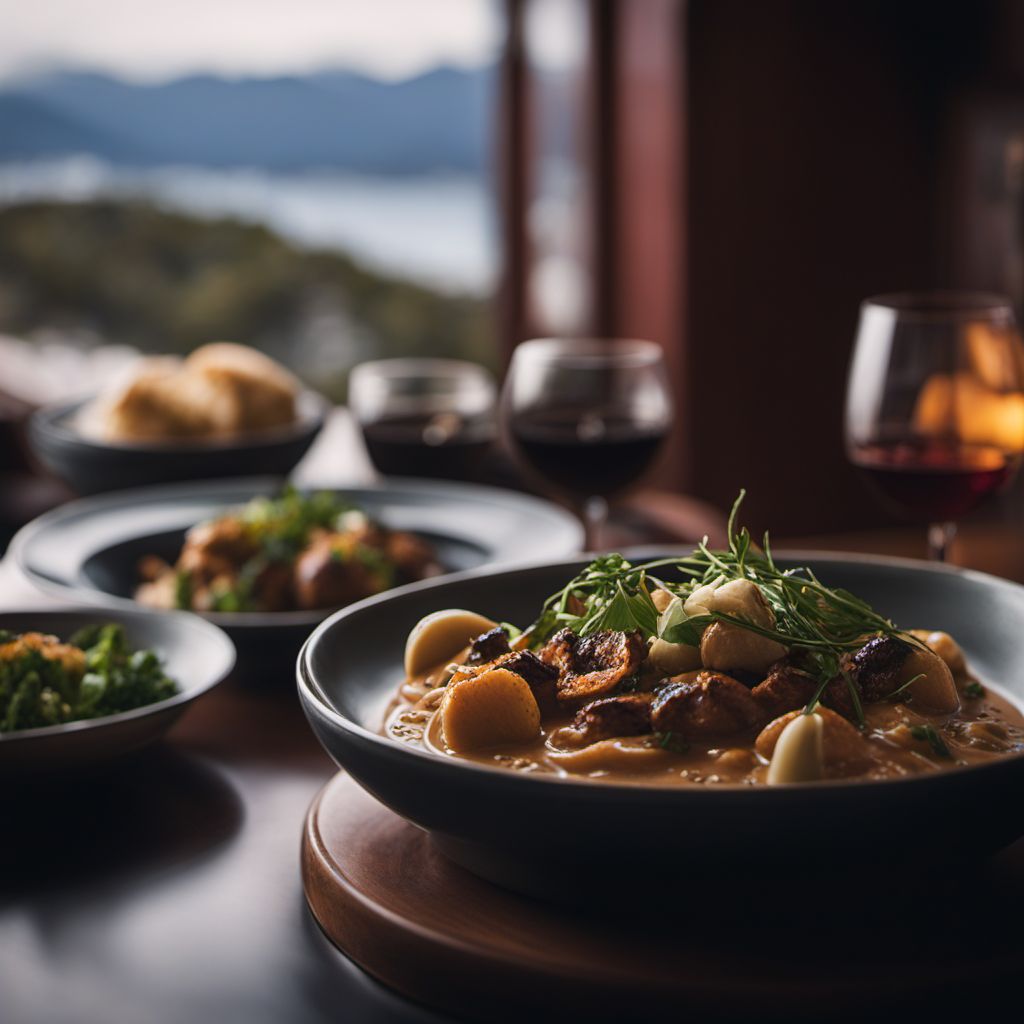
Cuisine
Tasmanian cuisine
Tasmanian cuisine is heavily influenced by the geography and climate of the island. The cuisine is characterized by its use of fresh, local ingredients, and its emphasis on simple, flavorful dishes. Many Tasmanian dishes are cooked using traditional methods, such as grilling and smoking. The cuisine is also known for its use of spices and herbs, which are used to add depth and complexity to many dishes.
Typical ingredients
Beef, Lamb, Pork, Chicken, Fish, Shellfish, Potatoes, Sweet potatoes, Pumpkin, Carrots, Peas, Beans, Tomatoes, Onions, Garlic, Ginger, Coriander, Mint
Presentation and garnishing
Tasmanian dishes are often served on wooden platters or in cast iron skillets, and are garnished with fresh herbs and spices. The presentation of the dish is just as important as the taste.
Tasmanian cuisine is known for its use of local ingredients, such as Tasmanian salmon and wallaby meat.
History
Tasmanian cuisine has a long history, dating back thousands of years. The cuisine has been shaped by the migration of people to the island, as well as by the influence of European and Asian cultures. Many traditional Tasmanian dishes are still prepared today, using the same techniques and ingredients that have been used for generations.
Cultural significance
Tasmanian cuisine is an important part of the cultural identity of the island. Many traditional dishes are served at special occasions, such as Christmas and Easter. The cuisine is also an important part of the tourism industry on the island.
Health benefits and considerations
Many Tasmanian dishes are high in protein and fiber, and are low in fat and calories. However, some dishes may be high in sodium or sugar, so it is important to be mindful of portion sizes and ingredients.
Tasmanian cuisine recipes Browse all »

Tasmanian Pancakes
Tempting Tasmanian Pancakes: A Fusion of Hungarian and Tasmanian Flavors
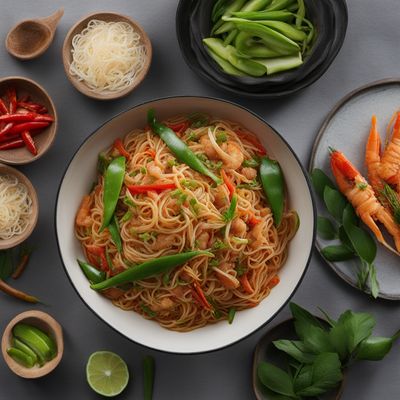
Tasmanian Twist on Pancit Lucban
Tasmanian Seafood Pancit: A Fusion of Filipino and Tasmanian Flavors
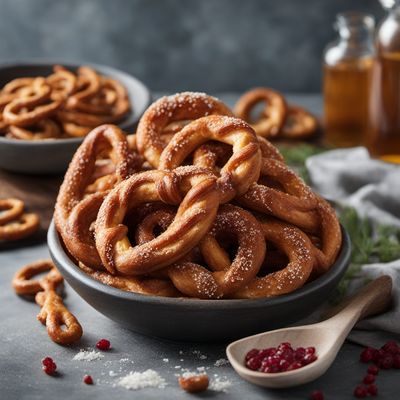
Tasmanian Twist on Covrigi: Savory Tasmanian Pretzels
Tasmanian Delight: Gourmet Pretzels with a Twist

Tasmanian Bunny Bites
Savory Tasmanian Twist: Bunny Bites with a Local Flair

Tasmanian Twist Açaí Bowl
Tasmanian Delight: Açaí Bowl with Local Flavors
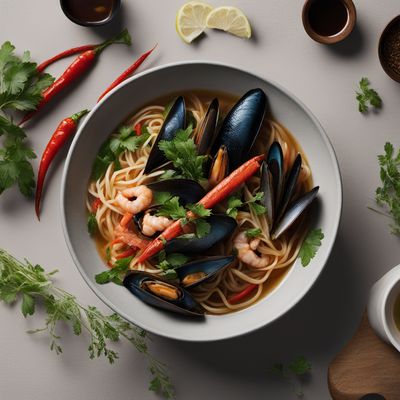
Tasmanian Seafood Noodle Delight
Oceanic Fusion: Tasmanian Seafood Noodle Delight
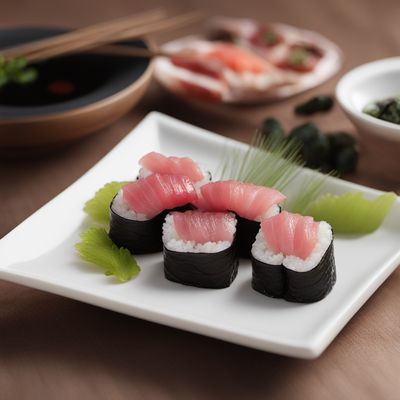
Tasmanian Octopus Sushi
Oceanic Delight: Tasmanian Octopus Sushi

Tasmanian Pumpernickel Delight
Tantalizing Tasmanian Pumpernickel: A Unique Twist on a German Classic
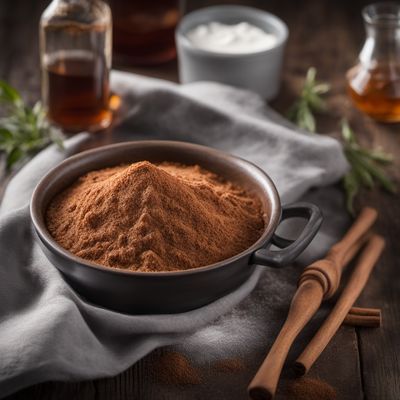
Tasmanian Zippuli
Tempting Tasmanian Zippuli: A Delightful Twist on Italian Fritters

Tasmanian Seafood Soup
Tasmanian Coastal Delight: A Seafood Soup Inspired by Kenoshiru
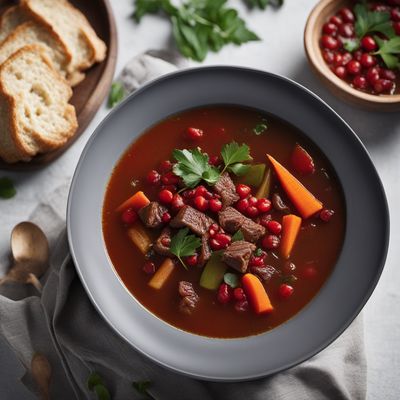
Tasmanian Pepperpot Soup
Tantalizing Tasmanian Pepperpot Delight

Tasmanian Stuffed Beef Tenderloin
Savory Tasmanian Beef Delight